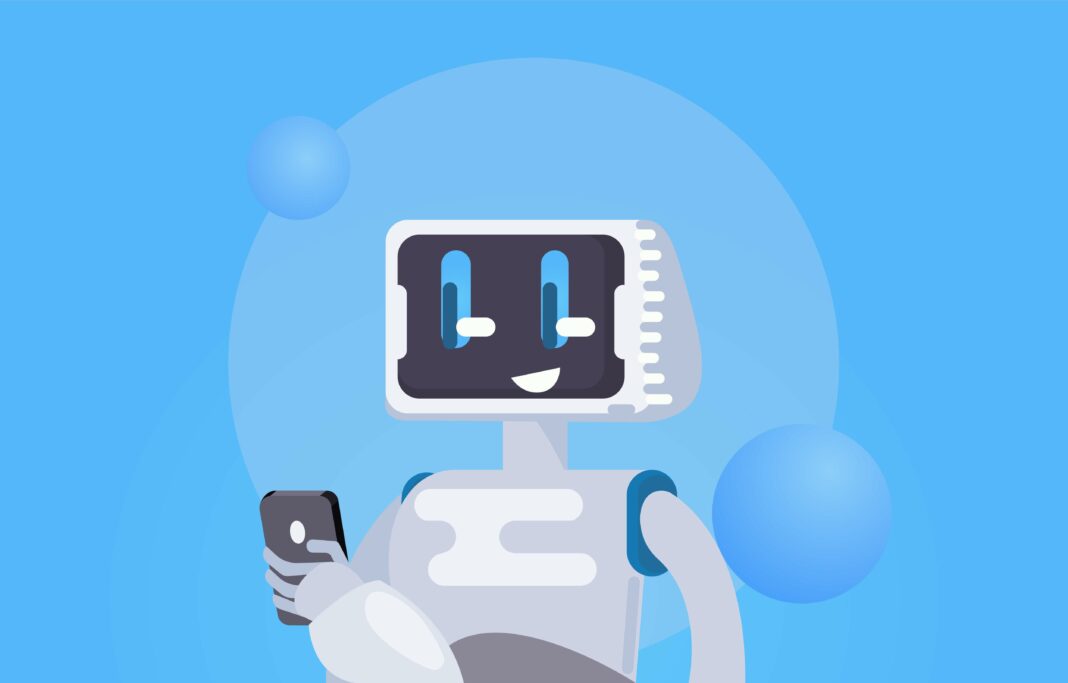In today’s fast-paced business environment, workforce efficiency is critical. Companies are constantly seeking innovative ways to streamline operations, reduce costs, and enhance productivity. As per Statista, between 2020 and 2029, the global voice recognition market is expected to grow at a CAGR of 23.7% to be valued at USD 50 billion.
AI voice bots are emerging as a key solution, redefining how work is done across various industries by automating routine tasks and enabling employees to focus on higher-value activities.
Automating Routine Tasks
One of the most significant impacts of AI voice bots on workforce efficiency is their ability to handle repetitive tasks that would otherwise consume valuable human resources. Whether answering frequently asked questions, scheduling appointments, or processing orders, voice bots can manage these activities with speed and accuracy. This automation not only reduces the workload for human employees but also minimizes the risk of errors, ensuring a more efficient workflow.
Enhancing Communication
Effective communication is at the heart of any successful organization. AI voice bots are revolutionizing internal and external communication by providing real-time support and information dissemination. For instance, in customer service departments, voice bots can handle high volumes of inquiries simultaneously, freeing up human agents to deal with more complex issues. This leads to quicker resolution times and higher customer satisfaction, which in turn boosts overall productivity.
Internally, voice bots can assist with tasks such as onboarding new employees, conducting surveys, or disseminating company-wide updates. By handling these routine communications, AI voice bots allow teams to focus on strategic initiatives that drive business growth.
Enhancing Data Collection and Insights
AI voice bots play a crucial role in gathering and organizing data during customer interactions, sales calls, and other communication channels. These bots can conduct surveys, collect feedback, and identify interested customers from large datasets, making them valuable tools for data collection. While they don’t perform data analysis directly, the structured data they gather can be fed into advanced analytics tools or software, enabling businesses to identify patterns, track customer behavior, and gain insights.
Companies can then use these insights to make informed decisions, optimize processes, and allocate resources more effectively. This ensures that the company functions strategically and optimally, thus gaining a competitive edge in today’s market.
Adapting to Workforce Needs
The adaptability of AI voice bots is another factor contributing to workforce efficiency. These bots can be customized to meet the specific needs of different departments or industries. Whether it’s integrating with existing CRM systems, supporting multiple languages, or tailoring interactions based on user preferences, AI voice bots are flexible enough to adapt to various use cases.
This adaptability ensures that voice bots can be seamlessly integrated into existing workflows without disrupting operations. As a result, businesses can achieve greater efficiency without the need for extensive retraining or restructuring.
Enabling 24/7 Operations
The ability of AI voice bots to operate around the clock is a game-changer for workforce efficiency. Unlike human employees, voice bots don’t need breaks, sleep, or vacations. This means they can provide continuous support, ensuring that tasks are completed promptly, even outside regular business hours.
For global companies with operations in multiple time zones, this 24/7 availability is particularly beneficial. It allows them to maintain consistent service levels across different regions, further enhancing overall efficiency.
Conclusion
AI voice bots are transforming the way work is done by automating routine tasks, enhancing communication, supporting decision-making, adapting to specific needs, and enabling 24/7 operations. As these technologies continue to evolve, their role in redefining workforce efficiency will only grow, helping businesses stay competitive in an increasingly digital world.




